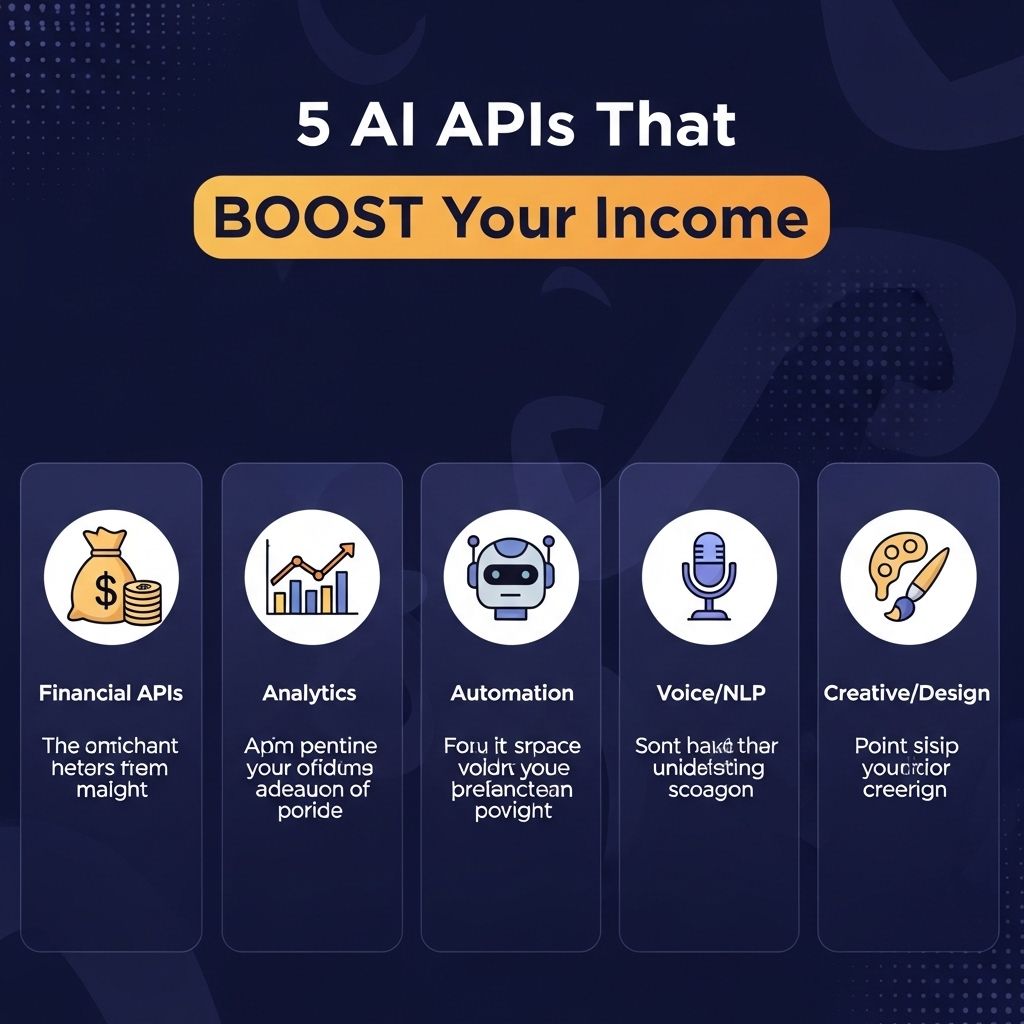In today’s fast-paced digital landscape, organizations are inundated with data. The sheer volume and variety of information can hinder productivity, making it critical for businesses to adopt innovative technologies that streamline processes. Intelligent Document Processing (IDP) platforms have emerged as a transformative solution, enabling companies to convert unstructured data into actionable insights. As we approach 2025, understanding the capabilities and advantages of IDP is essential for any tech-savvy organization seeking to unlock efficiency and drive growth.
What is Intelligent Document Processing?
Intelligent Document Processing is an advanced technology that utilizes artificial intelligence (AI), machine learning (ML), and natural language processing (NLP) to automate the extraction, classification, and processing of data from documents. Unlike traditional data entry methods that rely heavily on manual input, IDP platforms can handle vast amounts of data efficiently and accurately.
Key Features of IDP Platforms
- Data Extraction: Automatically extract relevant data from various document types, including PDFs, images, and emails.
- Data Classification: Use AI algorithms to classify documents based on content and context.
- Workflow Automation: Streamline business processes by integrating with existing systems and automating repetitive tasks.
- Scalability: Handle growing volumes of documents without compromising performance.
- Compliance and Security: Ensure data privacy and regulatory compliance through built-in security features.
The Growing Importance of IDP in 2025
As the digital transformation continues to accelerate, organizations are increasingly relying on IDP platforms to enhance operational efficiency. Here are some reasons why IDP has become a crucial investment:
1. Increased Volume of Data
The explosion of data in recent years has made it challenging for companies to manage information effectively. IDP platforms provide a robust solution for handling large datasets, allowing organizations to focus on analysis rather than data entry.
2. Cost Savings
By automating manual processes, IDP platforms can significantly reduce operational costs. Consider the following:
- Reduction in labor costs by minimizing manual data entry.
- Decreased errors leading to lower correction costs.
- Improved turnaround times for document processing.
3. Enhanced Customer Experience
Faster document processing translates to quicker response times for customers. IDP platforms enable companies to:
- Provide timely information and support.
- Offer personalized services based on extracted data insights.
- Improve customer satisfaction and loyalty.
Choosing the Right IDP Platform
With numerous IDP solutions available in the market, selecting the right platform can be daunting. Here are essential factors to consider:
1. Integration Capabilities
Ensure the IDP platform can seamlessly integrate with your existing software systems, such as CRM, ERP, and document management systems. This will facilitate smooth data flow and enhance productivity.
2. User-Friendliness
The platform should have an intuitive interface that allows users to easily navigate and utilize its features without extensive training.
3. Scalability
Choose a solution that can scale with your business growth, accommodating increasing document volumes and complexity without performance degradation.
4. Support and Maintenance
Opt for a provider that offers comprehensive support and regular updates to ensure your platform remains efficient and up to date with technological advancements.
Implementing IDP Solutions
The implementation of IDP solutions requires careful planning and execution. Here’s a step-by-step approach to integrating IDP into your organization:
Step 1: Assess Your Needs
Conduct a thorough analysis of your current document processing workflows. Identify pain points and areas that would benefit the most from automation.
Step 2: Choose a Vendor
Based on your assessment, research potential IDP vendors that align with your requirements. Request demos and trial periods to evaluate functionality.
Step 3: Pilot Program
Before a full-scale rollout, conduct a pilot program to test the IDP platform’s effectiveness in a controlled environment. This allows you to address any issues early on.
Step 4: Full Implementation
Once satisfied with the pilot, proceed to implement the IDP solution across the organization. Provide training to staff to ensure smooth adoption.
Measuring the Success of IDP Implementation
Once IDP is implemented, it is crucial to measure its effectiveness. Here are key performance indicators (KPIs) to track:
| KPI | Measurement |
|---|---|
| Processing Time | Average time taken to process a document before and after implementing IDP. |
| Error Rate | Percentage of errors in data extraction before and after implementation. |
| Cost Savings | Reduction in operational costs associated with document processing. |
| User Satisfaction | Feedback from employees on the usability and efficiency of the new system. |
Future Trends in IDP Technology
As we move toward 2025, several trends are shaping the future of IDP technology:
1. Increased AI and ML Capabilities
Expect advancements in AI and ML algorithms that will enhance the accuracy and efficiency of document processing further.
2. Real-Time Data Processing
The demand for real-time insights will drive the development of IDP solutions capable of processing documents on-the-fly.
3. Enhanced Security Features
As data breaches become more prevalent, robust security measures will be a priority for IDP solutions.
Conclusion
In conclusion, Intelligent Document Processing platforms are revolutionizing the way organizations handle data. By automating the extraction and processing of information, IDP not only boosts efficiency but also provides significant cost savings and improved customer experiences. As organizations prepare for the future, investing in IDP technology is not just an option; it is an imperative for success in a data-driven world.
FAQ
What is an IDP platform?
An IDP platform, or Intelligent Document Processing platform, uses AI and machine learning to automate the extraction, classification, and processing of data from various document types.
How can IDP platforms improve business efficiency?
IDP platforms streamline document workflows, reduce manual data entry errors, and accelerate processing times, leading to significant boosts in overall business efficiency.
What types of documents can IDP platforms handle?
IDP platforms can process a variety of documents, including invoices, contracts, forms, and emails, adapting to different formats and structures.
Are IDP platforms secure for handling sensitive information?
Yes, most IDP platforms implement advanced security measures, including encryption and compliance with data protection regulations, to safeguard sensitive information.
How do I choose the right IDP platform for my business?
Consider factors such as scalability, integration capabilities, user experience, and customer support when selecting the right IDP platform for your business needs.
What are the future trends for IDP platforms in 2025?
In 2025, IDP platforms are expected to incorporate more advanced AI features, enhance real-time processing capabilities, and improve integration with other digital tools to drive further automation.




